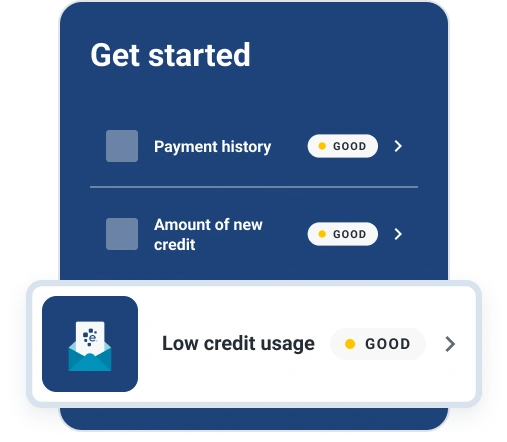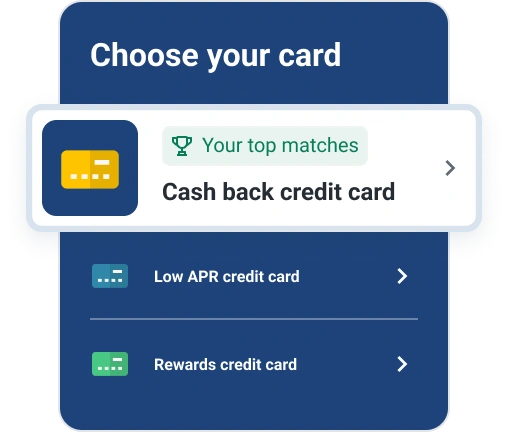At Experian, one of our priorities is consumer credit and finance education. This post may contain links and references to one or more of our partners, but we provide an objective view to help you make the best decisions. For more information, see our Editorial Policy.
In this article:
Even for experienced credit card holders, credit card billing cycles and balances can be confusing. Statement balances appear in your credit card statements and determine your minimum payments. But these can differ from your current balance, which is what you see when you check your card's balance.
The difference between statement balances and current balances can be important for your credit scores and for managing your payments.
What Is a Statement Balance?
A credit card's statement balance is the balance that appears on your monthly statement. At the end of each billing cycle, the card issuer takes a snapshot of your balance, creates the statement and sends you the statement and bill.
The credit card statement lists all the transactions that occurred during the previous statement period, including purchases, credits, fees and interest. It adds these up to determine your statement balance, which may also be called the new balance.
For example, your credit card might have a $500 balance at the beginning of the billing cycle. You might make a $500 payment halfway through the billing cycle, but you also make 10 purchases for a total of $400 during the billing cycle. Adding these up (500 - 500 + 400 = 400) gives you your new statement balance of $400.
What Is a Current Balance?
Your credit card's current balance is the balance you see when you check your card account. It can rise and fall throughout the billing cycle as new purchases and payments are posted to your account.
If you have pending transactions, those might not be included in your current balance. However, they can still lower your available credit and affect how much you can spend before hitting your credit limit.
Should I Pay the Statement Balance or Current Balance?
To avoid a late payment and the associated fees, you have to make at least your minimum payment by your bill's due date. However, you may be able to choose to pay the minimum payment, statement balance, current balance or anything in between.
- Minimum payment: The minimum payment is the amount you have to pay on time to avoid late payment fees and penalties. How much it is depends on your statement balance and the card's terms, and it's generally due about 21 to 25 days after you receive your statement.
- Statement balance: If you pay the statement balance (or more) by the due date, you maintain your credit card's grace period and won't accrue interest on new purchases. Pay at least this amount each month, and you won't pay interest on your credit card purchases.
- Current balance: Paying the current balance will bring your card's balance down to $0 and can be helpful if you want to free up available credit for major purchases.
Even if you can't afford to pay your current balance or the statement balance in full, paying more than the minimum balance can help you pay off your credit card sooner and pay less interest. Some newer credit scoring models may also consider whether you regularly pay more than the minimum balance when calculating your credit scores.
How Do Your Balances Affect Your Credit?
Your credit card balance can have a direct impact on your credit scores. However, the balance that matters is the balance on your credit report, which likely won't be your current balance.
Credit card issuers generally send an update to the credit bureaus monthly, often shortly after the end of each billing cycle. (You can ask your card issuer if you want to know the exact timing.) The reported balance may be the same or similar to your statement balance. And the balance on your credit report stays the same until your credit card issuer sends another update.
The card's balance can affect your credit scores because your credit utilization ratio (a significant scoring factor) depends on the card's reported balance relative to its reported credit limit. A low credit utilization ratio is best for your credit scores, and a high balance might hurt your scores.
Because card balances usually get reported to the bureaus weeks before the bill's due date, you can have a high utilization ratio even if you pay your statement balance in full. But using the card less, raising your credit limit or making early payments might help lower your utilization rate and help your credit scores.
Compare top credit cards matched for you
When Do You Get Charged Interest?
Assuming you don't have a promotional 0% APR offer, credit card issuers charge you interest when you "revolve" part of your balance from one billing cycle to the next. In other words, when you pay less than the statement balance.
If you pay less than the statement balance, the amount left over revolves to your next billing period and starts accruing interest. New purchases also begin to accrue interest immediately. Similarly, balance transfers and cash advances can immediately accrue interest even if you've paid the statement balance in full.
Track Your Reported Balances and Utilization
Use the free credit monitoring tools from Experian to see how your card's reported balances and the resulting utilization rates impact your credit scores. You'll receive access to your Experian credit report for free each month, along with a FICO® Score☉ based on the report and real-time alerts when there are important credit changes in your credit report.
You can also use your account to check each card's reported balance, its utilization ratio and your overall utilization ratio. And you can track your total reported credit card balances and utilization ratio over time.




